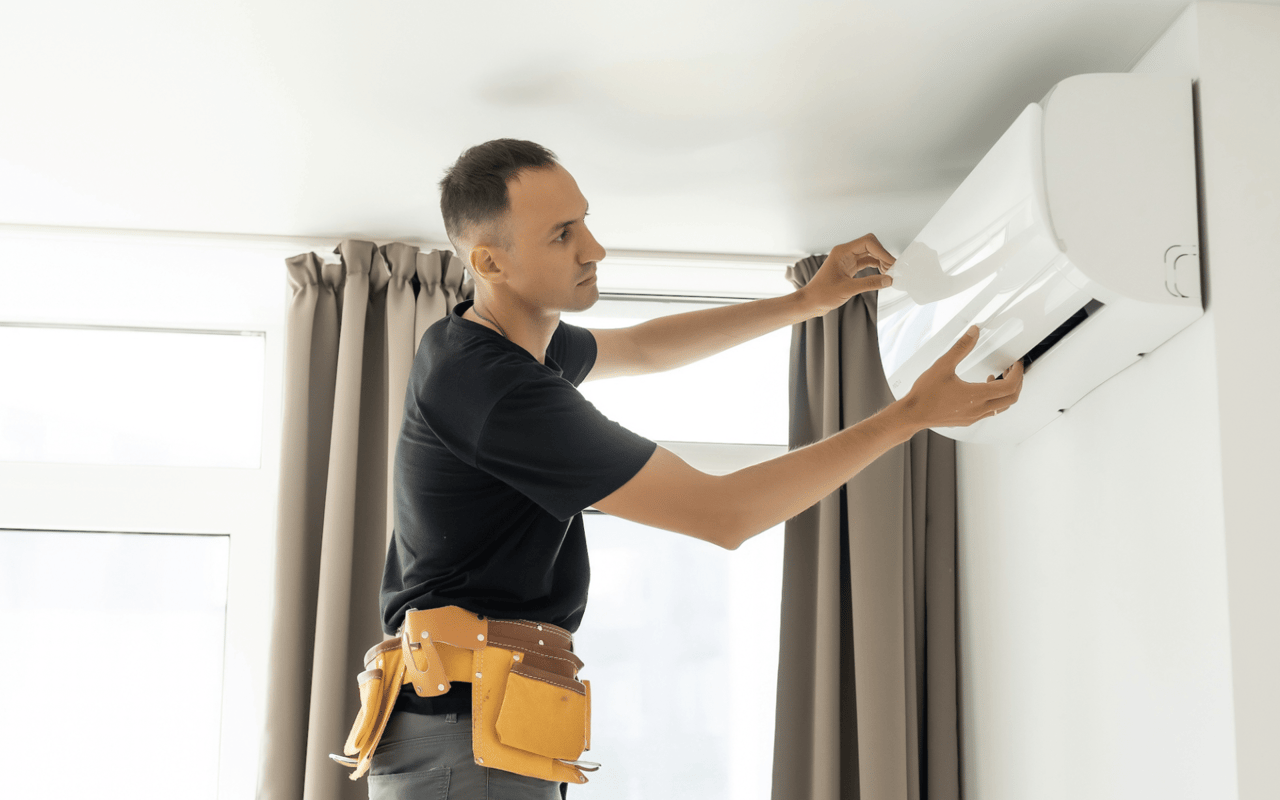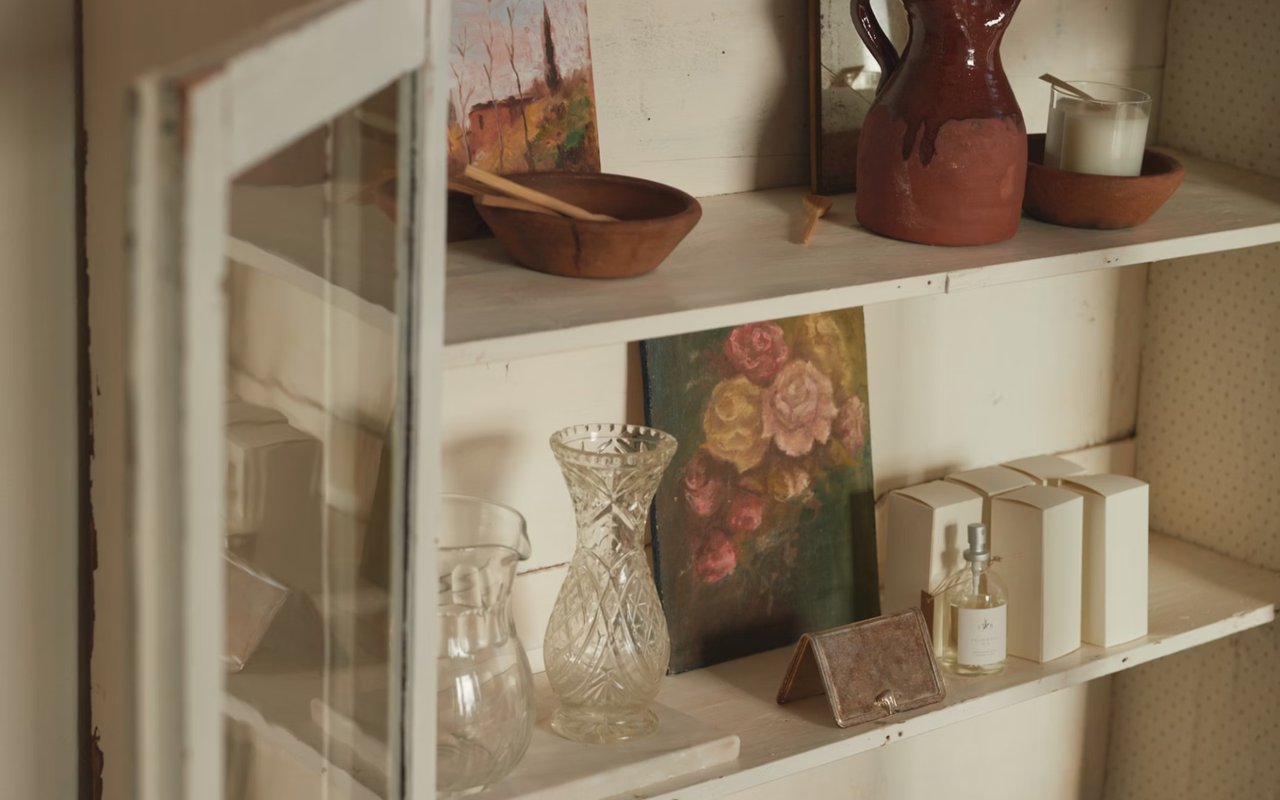The air quality in your home has a direct impact on your health and well-being. Many people assume that outdoor air pollution is the main source of poor air quality, but indoor air can often be just as harmful, if not worse. Pollutants like dust, mold, pet dander, volatile organic compounds (VOCs), and even everyday household products can contribute to respiratory problems, allergies, and other health issues. Fortunately, improving the air quality in your home is achievable with some proactive measures. This guide will explore several effective strategies to help you breathe easier and create a healthier living space.
Understanding the Sources of Indoor Air Pollution
Before diving into solutions, it’s essential to understand the sources of poor indoor air quality. Many common household items and activities contribute to the buildup of harmful pollutants inside your home. Identifying and managing these sources is the first step in improving air quality.
-
Household Cleaners and Chemicals: Many cleaning products, paints, and solvents release VOCs into the air, which can be harmful when inhaled over time. VOCs can cause headaches, dizziness, and irritation to the eyes, nose, and throat, and long-term exposure may even have more serious health effects.
-
Dust and Allergens: Dust mites, pollen, and pet dander are common allergens that can accumulate in carpets, furniture, and bedding. When disturbed, these particles become airborne and contribute to respiratory discomfort, especially for those with allergies or asthma.
-
Mold and Mildew: High humidity levels or water damage can lead to mold and mildew growth, which releases spores into the air. Mold exposure can cause allergic reactions, respiratory problems, and even severe health conditions in people with compromised immune systems.
-
Indoor Smoking: Cigarette smoke contains thousands of harmful chemicals, many of which linger in the air long after smoking has stopped. These particles can affect everyone in the home, especially children, and can lead to long-term respiratory and cardiovascular diseases.
By understanding where pollutants come from, you can take targeted actions to reduce or eliminate their presence in your home.
Improve Ventilation for Better Airflow
One of the most effective ways to improve indoor air quality is by ensuring proper ventilation throughout your home. Proper airflow helps remove stale air and replaces it with fresh air from outside, reducing the concentration of indoor pollutants.
-
Open Windows: One of the simplest ways to improve ventilation is by regularly opening windows and doors to allow fresh air to circulate. Even in colder months, opening windows for just a few minutes a day can significantly improve air quality by allowing pollutants to escape.
-
Use Exhaust Fans: In areas like the kitchen and bathroom, where moisture and odors can build up quickly, using exhaust fans is essential. Bathroom fans help reduce humidity, preventing mold and mildew growth, while kitchen exhaust fans help remove cooking fumes and VOCs from the air.
-
Install a Whole-House Ventilation System: For homes in areas where opening windows isn’t practical due to weather or outdoor pollution, a whole-house ventilation system can be a great solution. These systems continuously bring in fresh outdoor air and filter it before it enters the home.
Keep Your Home Clean and Dust-Free
A clean home is key to maintaining good air quality. Dust, dirt, and allergens can accumulate quickly on surfaces, in carpets, and in air ducts. Regular cleaning routines can significantly reduce the amount of airborne particles in your home.
-
Vacuum Regularly: Using a vacuum cleaner with a HEPA filter is an excellent way to trap dust, pet dander, and other allergens. Vacuum carpets, rugs, and upholstered furniture at least once a week to prevent the buildup of dust particles.
-
Dust Surfaces: Dusting frequently with a damp cloth or microfiber cloth helps prevent dust from becoming airborne. Pay attention to often-overlooked areas such as ceiling fans, window sills, and light fixtures.
-
Wash Bedding and Curtains: Dust mites thrive in bedding, curtains, and other soft furnishings. Washing these items in hot water once a week helps reduce the number of allergens in your home.
-
Declutter: Cluttered spaces tend to collect dust and make cleaning more difficult. Keeping your home organized and clutter-free makes it easier to clean and helps reduce the accumulation of dust and allergens.
Control Humidity Levels to Prevent Mold Growth
Maintaining proper humidity levels in your home is crucial for preventing mold and mildew, both of which can severely affect indoor air quality. Excess moisture creates an environment where mold can thrive, especially in areas like bathrooms, basements, and kitchens.
-
Use a Dehumidifier: In humid climates or during warmer months, using a dehumidifier helps keep indoor humidity levels in check. Ideally, you want to maintain a humidity level between 30% and 50% to prevent mold growth.
-
Fix Leaks and Water Damage: Leaky pipes, roofs, and windows can allow water to seep into your home, creating the perfect conditions for mold to grow. Regularly inspect your home for any signs of leaks or water damage and address these issues promptly.
-
Ventilate Damp Areas: In moisture-prone areas like bathrooms and kitchens, ensure that exhaust fans are running during and after activities like showering or cooking. This helps prevent moisture from accumulating and reduces the risk of mold growth.
-
Use Mold-Resistant Paint: If mold is a persistent problem in certain areas of your home, consider applying mold-resistant paint. This type of paint contains antimicrobial agents that help prevent the growth of mold and mildew on walls and ceilings.
Invest in an Air Purifier
Air purifiers can be an effective tool for removing airborne pollutants, especially in homes with poor ventilation or those in highly polluted areas. Many modern air purifiers use HEPA filters, which can trap up to 99.97% of airborne particles, including dust, pollen, and pet dander.
-
Choose the Right Air Purifier: When selecting an air purifier, consider the size of the room and the type of pollutants you want to remove. Some air purifiers are specifically designed for allergens, while others are more effective at eliminating odors and chemical fumes.
-
Place Purifiers Strategically: To get the most benefit, place air purifiers in high-traffic areas like living rooms or bedrooms. If you have pets, consider placing one near their sleeping area to capture pet hair and dander.
-
Maintain Your Purifier: Regularly clean or replace the filters in your air purifier to ensure it’s working efficiently. Dirty filters can become clogged and reduce the purifier’s effectiveness over time.
Improving the air quality in your home doesn’t have to be complicated. By implementing a combination of strategies—such as improving ventilation, keeping your home clean, controlling humidity levels, and using air-purifying plants—you can create a healthier, fresher environment for you and your family. With a few proactive changes, you can significantly reduce indoor pollutants and enjoy cleaner, safer air throughout your home.
Contact Kelly Smoak today to begin your journey to homeownership in Bozeman, MT, and experience the best of what Montana has to offer.





